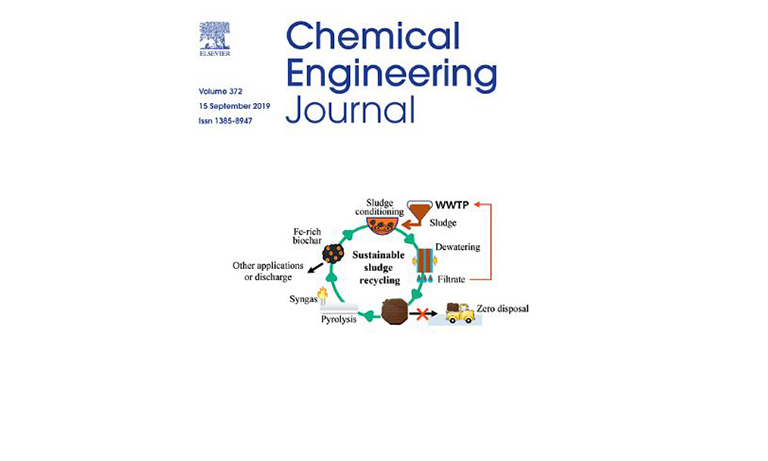Dean Amy Fleischer and a team of researchers from Villanova University and TA Instrument just published a research article titled “Thermal Enhancement and Shape Stabilization of a Phase-Change Energy-Storage Material Via Copper Nanowire Aerogel” in the Chemical Engineering Journal. The highlights of the paper can be found below.
By Lin Zhang, Lu An, Yaohui Wang, Andrew Lee, Yue Schuman, Ani Ural, Amy S. Fleischer and Gang Feng
Highlights:
- Comprehensive study of interfacial-bonding’s influence on composite properties.
- Thermal energy storage based on self-assembled Cu-nanowire 3D network and paraffin.
- High energy density, >130% better efficiency, tunable electrical conductivity.
- Excellent structure stability and shape stabilization against thermal cycling.
Abstract:
Low thermal conductivity (k) has limited the applications of phase change materials (PCMs). To enhance k of paraffin PCM, copper nanowire (CuNW) aerogels (CuNWAs) are fabricated and infiltrated with paraffin, inducing a ∼30% k-enhancement and good electrical conductivity σ with 2.0 wt% CuNW. The composite shows interesting behavior of shape stabilization: it permanently shrinks after each thermal cycle but is fully shape-stabilized after ∼50 cycles, showing a stable >130% k-enhancement with 6.3 wt% CuNW. To investigate the dominant factors for the k– and σ-enhancements, the filler-filler and filler-matrix interfacial bondings are studied through pre-sintering of CuNWAs. The pre-sintering induces two effects: (1) building the CuNW-CuNW bonding and a >∼200% σ-enhancement, and (2) weakening the CuNW-paraffin bonding and a ∼4% k-reduction. This filler-matrix interfacial weakening is confirmed by nanoindentation technique and computational modeling. The pre-sintering also enhances the shape-stabilization against thermal cycling. In summary, a metallic aerogel is first-ever employed to fabricate shape-stabilized electrically-conductive thermal-energy storage materials (TESMs) with >130% k-enhancement. The pre-sintered-CuNWA-paraffin composite shows an impressive σ (=14 S/m). This study also demonstrated that the fundamental dominant factors for σ– and k-enhancements are the filler-filler and filler-matrix interfacial bondings, respectively (not conjointly). This provides important insights into designing TESMs with high electronic and/or thermal conductivities, and also high durability.
Read More HERE.


